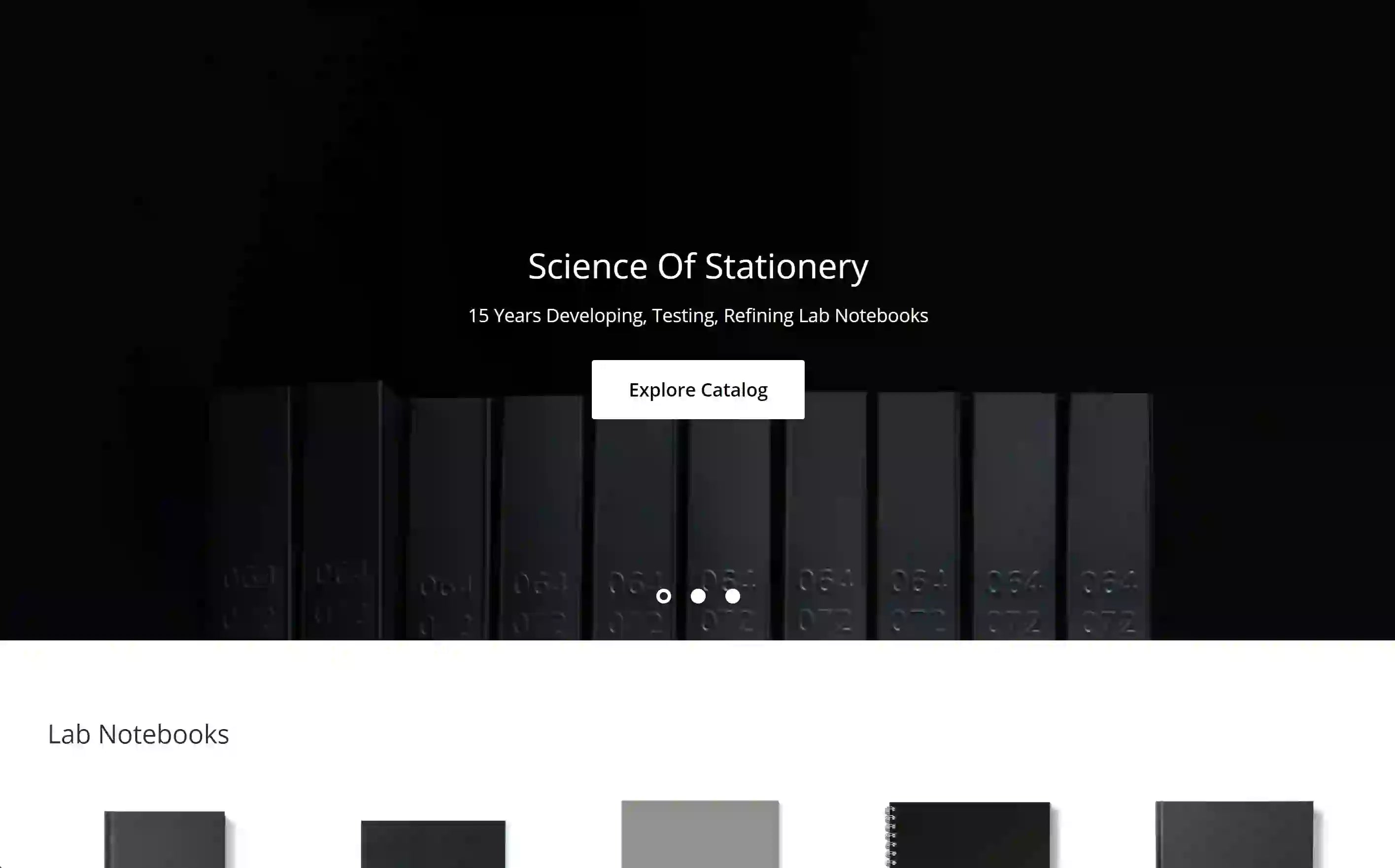In science, the most minor details can make all the difference. Whether you’re tracking samples, recording experimental results, or labeling containers, your lab stationery plays a key role in keeping everything organized and accurate. But did you know that the environment around you can significantly impact the performance of your lab materials?
In this blog, we’ll explore how pH and temperature resistance can make or break your lab stationery and how to choose the right materials for a hassle-free research experience.
pH Resistance: Why It Matters for Your Lab Stationery
Let’s start with pH. The pH scale measures how acidic or basic (alkaline) a substance is. In a lab, you’re often dealing with chemicals that are either highly acidic or highly alkaline. These extremes can affect your lab notebooks, labels, and pens in ways you may not realize.
-
Acidic Environments: Using regular paper or pens can be a disaster if your lab work involves acids (think strong chemicals or acidic solutions). The acid can cause paper to break down, turning it brittle, yellow, and prone to tearing. Even worse, ink can fade or dissolve.
-
Alkaline Conditions: If you're working in basic (alkaline) environments, your paper and labels can suffer. Alkaline conditions can weaken the fibers in paper, making it easier to tear or damage. That’s the last thing you want when relying on your records for research.
Instead, use acid-free, buffered paper for notebooks and chemical-resistant ink for pens and markers. These materials are designed to resist the wear and tear of exposure to acidic or alkaline substances, keeping your notes safe and readable.
Temperature Resistance: Can Your Lab Stationery Handle the Heat (or the Cold)?
Labs are dynamic environments where temperatures can swing dramatically. Whether you work in a freezer, deal with heat-sensitive chemicals, or perform high-temperature reactions, your lab stationery must be up to the challenge.
-
Cold Resistance: In cryogenic storage or freezer labs, standard paper and labels can become brittle and snap, and ink can fade or become smudged. To solve this, look for cryogenic labels and cold-resistant paper—these materials stay strong even in the harshest, coldest conditions.
-
Heat Resistance: On the flip side, lab temperatures can warp paper, burn through ink, and cause labels to peel off or lose their adhesive power. Whether you’re dealing with autoclaves, sterilization, or high-heat experiments, you need heat-resistant stationery that can handle the heat and keep your records intact.
How pH and Temperature Resistance Impact Your Lab Work
The consequences of using the wrong materials in your lab can be more than just frustrating. Poor-quality lab stationery can lead to:
-
Lost Data: Faded ink or damaged pages can result in missing or incorrect data—not what you want when it comes to research that relies on accuracy.
-
Sample Mix-Ups: Damaged labels from exposure to heat, cold, or chemicals can make it impossible to track samples properly. That could lead to contamination, delays, or, worse, totally lost samples.
-
Regulatory Issues: Many labs are held to strict standards for documentation (especially in fields like pharmaceuticals and biotech). Using stationery that can’t withstand harsh conditions might put you at risk of not meeting compliance requirements.
How to Choose Lab Stationery That Can Handle pH & Temperature
The good news is that picking the right materials for your lab doesn’t have to be complicated! Here’s what you need to look for:
-
Go Acid-Free: Make sure your notebooks and papers are acid-free and pH-neutral to protect your data from harsh chemicals. Look for buffered paper for that extra layer of protection.
-
Chemical-Resistant Inks: The right ink can make a world of difference. Permanent markers or chemical-resistant pens are essential for writing in environments where your documents might come in contact with acids, solvents, or other chemicals.
-
Cold-Resistant Papers & Labels: If you’re dealing with super-cold environments, opt for cryogenic labels and papers designed to stay intact at freezing temperatures. These are engineered to resist the brittleness that comes with extreme cold.
-
Heat-Resistant Options: If heat is your lab’s main challenge, use high-temperature labels and heat-resistant papers. These materials are designed to withstand high-heat situations like autoclaving and sterilization.
-
Durable Covers and Bindings: Protect your important data with waterproof covers and sturdy bindings that keep your notebooks safe in the most demanding conditions.
Trust VELA Sciences for Exceptional Quality Lab Stationery That Stands Strong in Any Condition
In a lab, it’s all about precision, organization, and safety. Your stationery isn’t just a place to write—it’s an essential part of your workflow and data integrity. By choosing materials that are resistant to pH extremes and temperature fluctuations, you’re ensuring your research is accurate, reproducible, and safe from mishaps.
At VELA Sciences, we get that every experiment, every sample, and every note matters. Our lab stationery is designed to stand up to the most challenging conditions. So, next time you’re stocking up on lab supplies, ensure your stationery is ready to perform under pressure!



